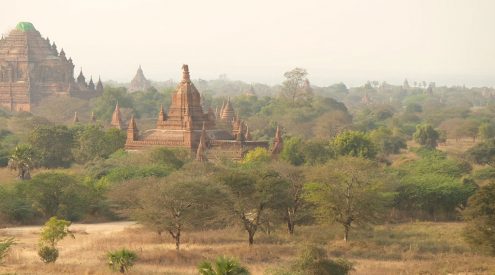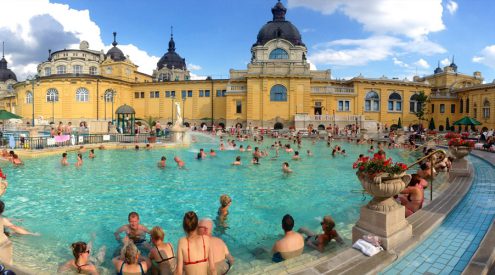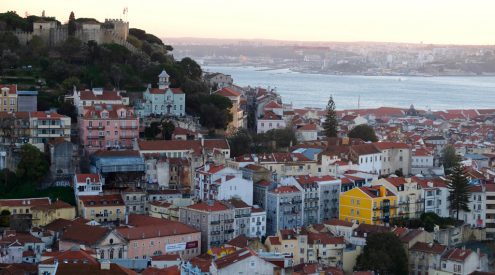Europe’s demand for cheap meat is dramatically changing the landscape of the Amazon. Rainforest around Santarm has been replaced with fields over the last five years thanks to the advent of soya farming in the area. Huge multinational, Cargill, built a port on the Amazon at Santarm to export soya to Europe where the grains are converted into feed for chickens and other farm animals.
Cargill presents an insatiable demand so farmers from soya growing areas like Matto Grosso moved to Santarm to be nearer the port taking advantage of reduced transport costs. This influx of outsiders had lead to conflict with local people.Farmer Luis Pereira Machado, 61, sells all his crop to Cargill, usually before it is harvested. He said: ‘The more you have the more they want.’ He moved to the area from Matto Grosso but does not feel welcome near Santarm.
Aside from cultural conflicts, there are many environmental problems associated with soya farming. Environmentalists are furious because of the deforestation caused by soya farming. They claim pesticides and fertilizers from soya farms damage the ecosystems of creeks and rivers. They also argue that the wakes from big ships damage the riverbanks.
Others complain about the lack of employment for local people. Soya farming is largely mechanized and Cargill’s port only employs 60 people because nothing is processed in Santarm, soya is just stored and then exported.
There are also concerns, well documented by Greenpeace in a report called Eating Up The Amazon, that soya farmers acquired land in illegal or irregular ways and in some cases use slave labour for clearing the forest. According to Greenpeace, it is these illegal activities that subsidise the price of meat in Europe.
The problems of soya farming in the Amazon look set to increase. Most of the soya that Cargill exports through Santarm is brought in trucks along the Br163 from Matto Grosso. This road is in the process of being paved which environmentalists say will lead to more deforestation along its length and more soya farmers moving to the area.
Amazonian ecologist Gil Serique said: “It seems to be very easy to make money selling soya beans to Cargill. I am sure there is going to be an explosion of soya around Santarm.”
For more information about Atlantic Rising’s journey around the edge of the Atlantic please visit www.atlanticrising.org


















